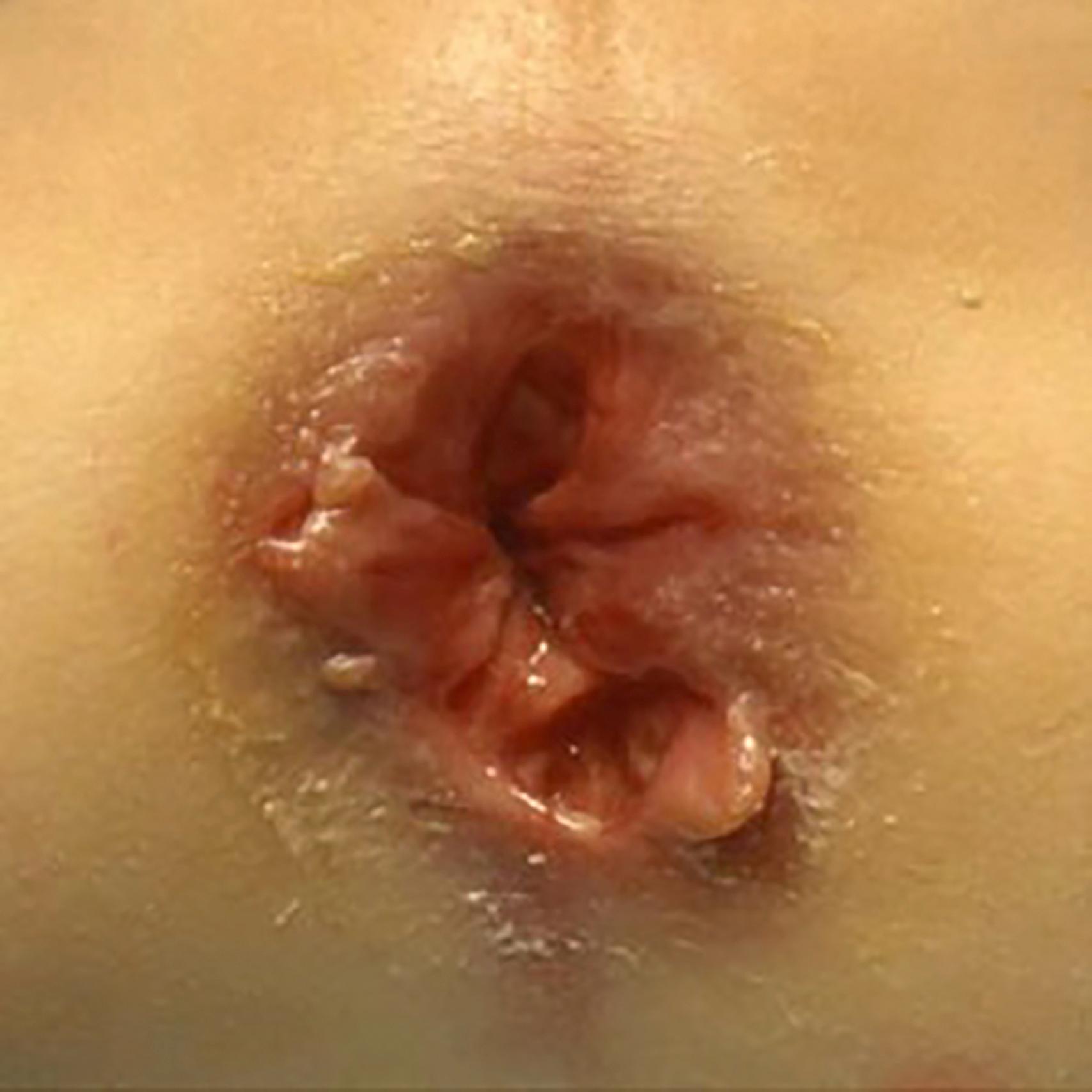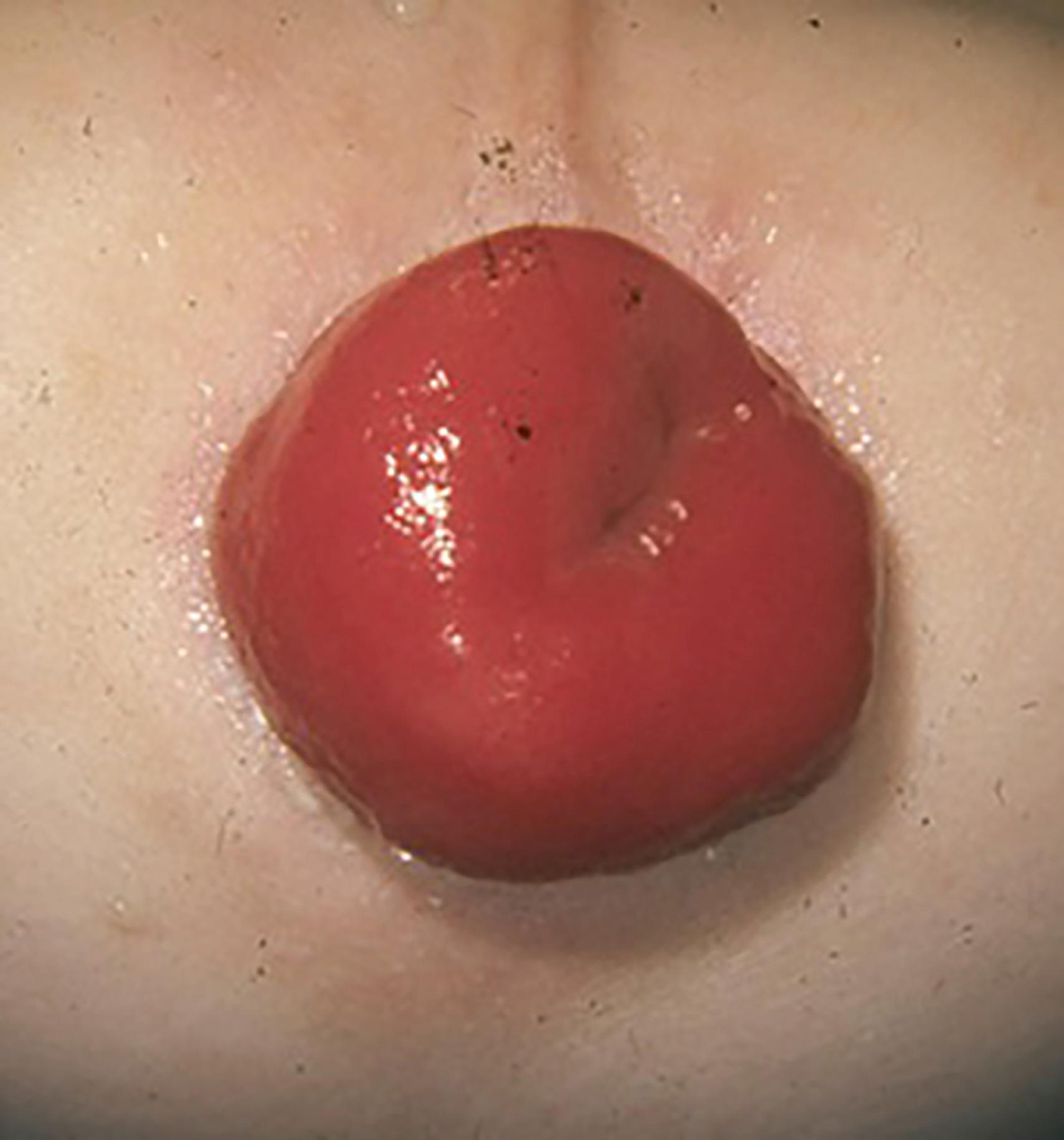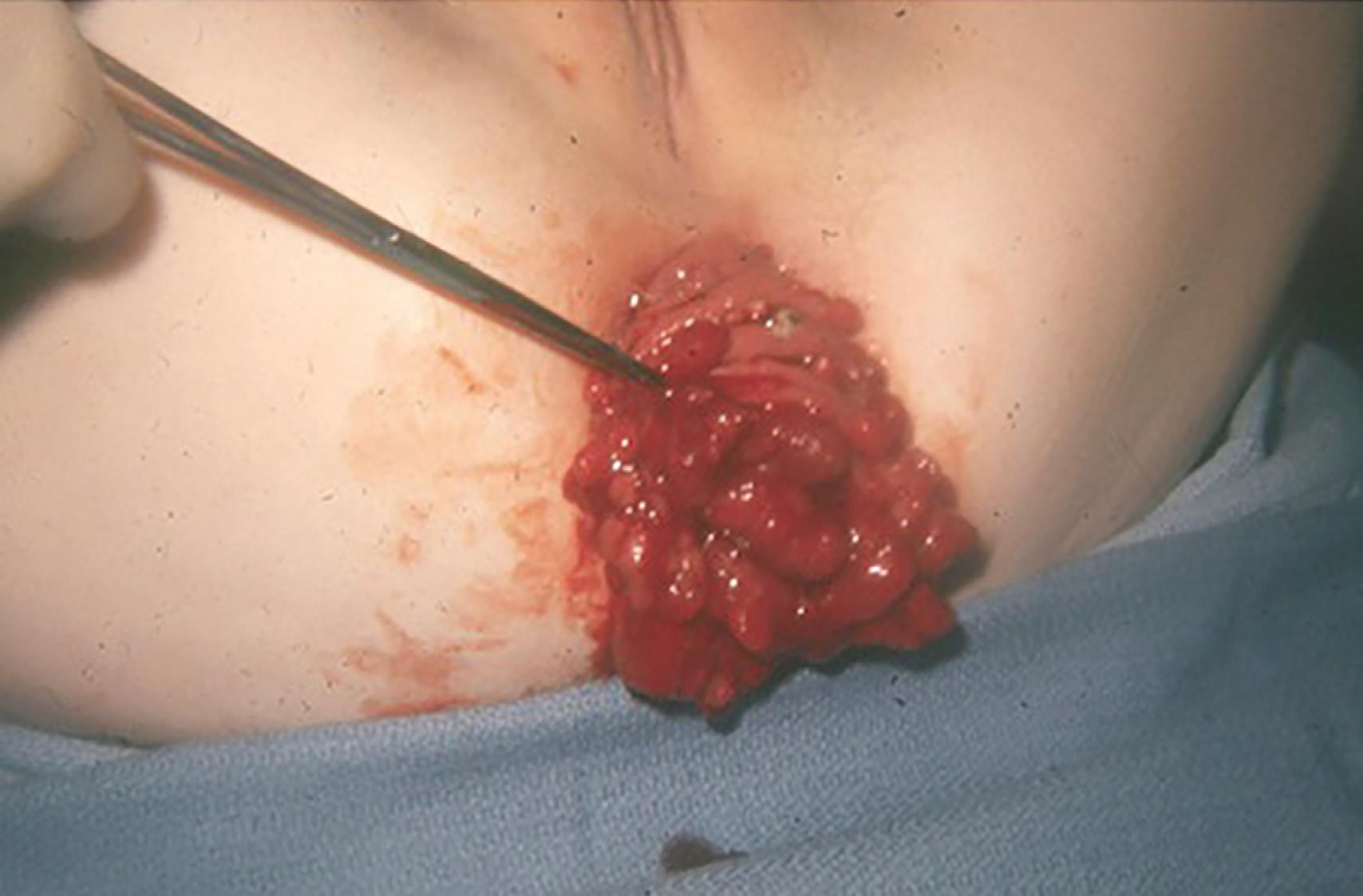Physical Address
304 North Cardinal St.
Dorchester Center, MA 02124
The anal sphincter consists of an inner ring of smooth muscle, the internal anal sphincter, the intersphincteric space, and an outer ring of skeletal muscle, the external anal sphincter. The internal sphincter is an involuntary muscle that maintains anal tone. It is in a continuous state of partial contraction and relaxes in response to rectal distension. The external sphincter is a voluntary muscle extending from the puborectalis and levator ani muscles that provides short-term augmentation of anal pressure to postpone defecation. The transitional and columnar epithelium of the rectum is separated from the squamous epithelium of the anus by the dentate line, which is located in the midportion of the anal canal ( Fig. 46.1 ). Anal crypts are located at the dentate line, and anal glands are found at the base of these crypts.
An anal fissure is a split in the squamous epithelium of the anus, located just distal to the mucocutaneous junction. A retrospective study during 2005 to 2011 in one large regional managed care system found that 150 of 1243 (12%) patients treated for anal fissure were children 6 to 17 years of age. In a pediatric gastroenterology practice, they observed 51 anal lesions present among 100 children younger than 15 years of age, 60% of which were anal fissures. Passage of hard stool commonly causes anal fissures; however, a history of constipation preceding an anal fissure is obtained in only one of four cases, and diarrhea is a predisposing factor in 4% to 7% of patients. Fissures are usually located in the anterior or posterior midline. Other processes, for example, infectious or inflammatory, should be entertained when the fissure is positioned laterally. Blood is often seen on the surface of the stool, on the toilet tissue, or even dripping from the anus. There may be severe anal pain associated with the fissure, especially during defecation.
Physical examination of the patient in a lateral decubitus position involves gently parting the buttocks and stretching the anal skin laterally. An acute fissure is a superficial split in the anoderm with sharply demarcated edges. Induration at the edges of the fissure may be seen when the fissure is chronic ( Fig. 46.2 ). A skin tag may be present. Rectal examination using the fifth finger in an infant younger than 3 years, or the index finger in an older child, should be performed gently.

Most acute anal fissures heal with conservative therapy. The inciting factor, whether constipation or diarrhea, should be corrected. The presence of fecal material within the fissure inhibits healing; hence, it is ideal to instruct the caregivers to clean the child’s anus after every stool. The application of a local anesthetic is unnecessary. Dietary bran supplements and warm sitz baths have been shown to be superior to topically applied local anesthetic or hydrocortisone cream in the treatment of an acute anal fissure, with healing in 87% after 3 weeks. Bran was found to be more effective than placebo in the prevention of acute fissure recurrence.
Additional factors thought to be associated with the pathogenesis of anal fissure include a high basal internal sphincter tone and the presence of ischemia, which interferes with anal fissure healing. Pharmacologic methods that relax the anal smooth muscle have been used to promote anal fissure healing. Eighty-two pediatric patients with a history of anal fissure longer than 15 days were treated with warm sitz bath, toilet training, and lactulose (if they had a history of constipation) and were randomized to 8 weeks of treatment with topical diltiazem, glyceryl trinitrate, and lidocaine. This study showed 82% healing for those who received diltiazem, compared with 39% and 25% with glyceryl trinitrate and lidocaine, respectively. Topical nifedipine gel with lidocaine for 4 weeks was the treatment for 106 children with acute anal fissure resulting in 93% healing and low recurrence rate of 6%. In a recent study of children 4 months to 5 years of age with anal fissure, 105 were treated with mdp 0.2% nitroglycerine ointment to the anal canal twice daily for 8 weeks, and 70 were treated with sitz bath, stool softener, and local anesthetic. There was 77% symptom relief and 60% healed fissure in the nitroglycerine group compared with 54% and 33%, respectively, in the control group.
Chronic fissures are unusual in children who have no underlying predisposing factors, such as inflammatory bowel disease (IBD) or immunodeficiency ( Fig. 46.3 ). The caregiver should consider evaluation for other causes of chronic fissures including trauma, unusual infections (venereal disease and cutaneous tuberculosis), and local or systemic malignancy. A pilot study investigating botulinum toxin injection therapy to the external anal sphincter in 13 children with chronic anal fissures due to constipation showed that 11 of the children were free from pain and hematochezia within 1 week. Recurrent anal fissures, however, were noted in six patients after 3 to 30 months, often following an episode of constipation. There is scant literature on botulinum toxin therapy for anal fissure in children; however, in adults, a meta-analysis showed no difference in fissure healing or recurrence in patients treated with either botulinum toxin or topical nitrates. There was a slight increase in transient anal incontinence in the botulinum toxin–treated patients but fewer total side effects, including headaches. Only one study on fissurectomy in children for chronic anal fissure has been reported so far. Fissurectomy, in addition to laxatives, was found to help 30 of 37 children with chronic anal fissures. The mechanism of action of fissurectomy is unclear, but excision of an “ulcer” and replacement with a surgical wound are thought to aid healing and reduce pain. Lateral internal sphincterotomy is the surgery of choice in adults with medically refractory chronic anal fissures. A recent Cochrane review concluded that medical therapy (topical glyceryl trinitrate, diltiazem, nifedipine, or botulinum toxin injection) for chronic anal fissures was marginally better than placebo but far less effective than surgery.

Rectal prolapse is the abnormal protrusion of one or more layers of the rectum through the anus. Mucosal or partial prolapse is less serious and less pronounced ( Fig. 46.4 ). A complete rectal prolapse (procidentia), consisting of all layers of the rectal wall, frequently requires manual reduction. Rectal prolapse is usually detected by the child’s parents and is urgently brought to medical attention; however, it has often spontaneously reduced by the time the child is examined by medical personnel. Savvy parents would have taken a photo on their mobile phones.

Rectal prolapse occurs most commonly in children younger than 4 years of age and may relate to the following anatomic considerations: the vertical course of the rectum along the straight surface of the sacrum and coccyx, the low position of the rectum in relation to other pelvic organs, the increased mobility of the sigmoid colon, the relative lack of support by the levator ani muscle, the loose attachment of the redundant rectal mucosa to the underlying muscularis, and the absence of Houston’s valves in about 75% of infants younger than 1 year of age. , Prolonged straining during toilet training or with constipation is a frequent cause in children. , Acute and chronic diarrhea, intestinal parasites, and malnutrition are other common etiologies. During malnutrition, the lack of ischiorectal fat, resulting in decreased perirectal support, may predispose to rectal prolapse. This may be further aggravated by chronic diarrhea from enteric infections in underdeveloped countries. Cystic fibrosis (CF) used to be thought of as a not uncommon cause of rectal prolapse, but with the advent of the newborn screening for CF in the United States, this has no longer been the case, with as few as 3.6% of patients with rectal prolapse having CF in Wisconsin. Rectal prolapse in patients with CF often resolve following the institution of pancreatic enzyme replacement therapy. There have been reports of rectal prolapse occurring with juvenile polyps ( Fig. 46.5 ), inflammatory polyps, lymphoid hyperplasia, cow’s milk allergy, solitary rectal ulcer, meningocele, pertussis, and Ehlers-Danlos syndrome. Often, no underlying cause for the rectal prolapse is identified. ,

The diagnosis is primarily historic, although it is prudent to screen patients for intestinal parasites and potentially, CF. Conservative management of rectal prolapse involves manual reduction and treatment of the primary inciting factor. The parents should be trained to use disposable gloves and lubricating jelly to reduce a prolapse promptly whenever it occurs. If rectal prolapse becomes recurrent and persistent, the author’s approach has been to schedule the patient for examination under anesthesia to exclude an anatomic lead point for the prolapse, such as a polyp. If none is found, a surgeon then treats the patient with submucosal injections of a sclerosant, such as 5% phenol in almond oil, 50% dextrose, 25% saline, or 1% sodium morrhuate. , Resolution of rectal prolapse was reported in 91 of 100 children who were treated with rectal submucosal injection of 5% phenol in oil. Indications for surgical management are rare in children but may include the development of mucosal ulceration with bleeding (solitary rectal ulcer), irreducible prolapse, no improvement with conservative treatment, and rectal prolapse longer than 3 cm ( Fig. 46.6 ). Surgical procedures include placement of Thiersch sutures along the anal canal, posterior sagittal rectopexy, or laparoscopic rectopexy. , ,

Become a Clinical Tree membership for Full access and enjoy Unlimited articles
If you are a member. Log in here